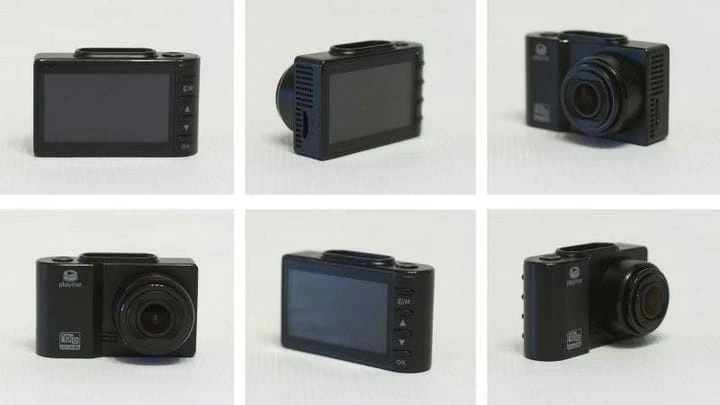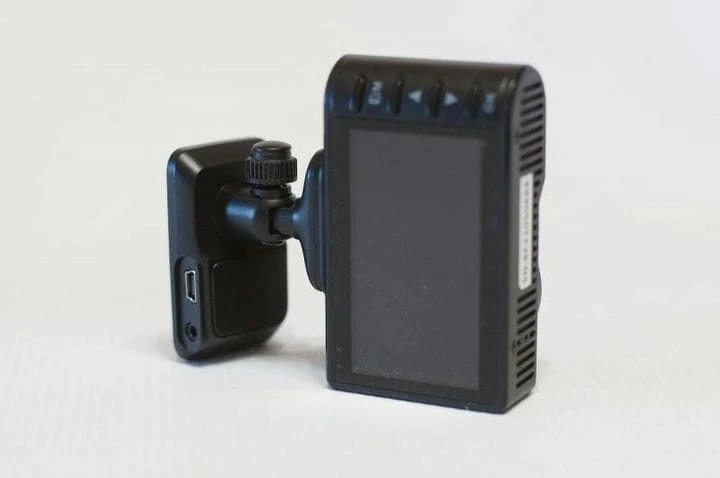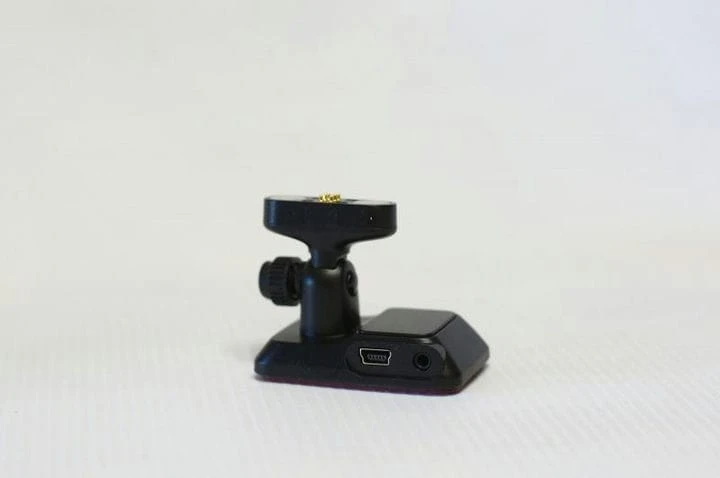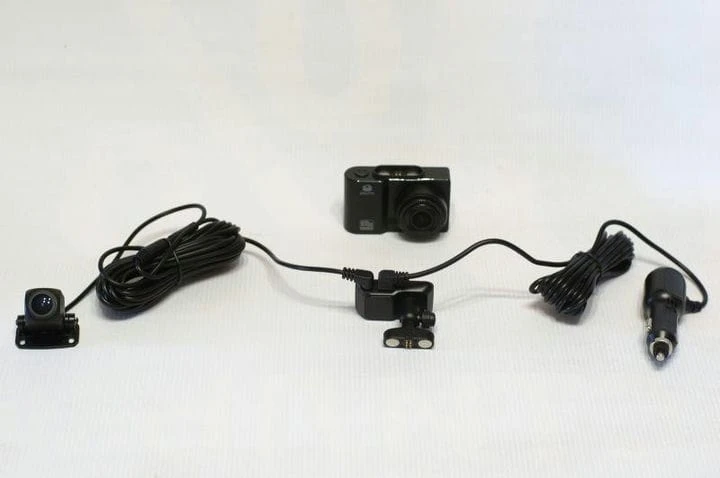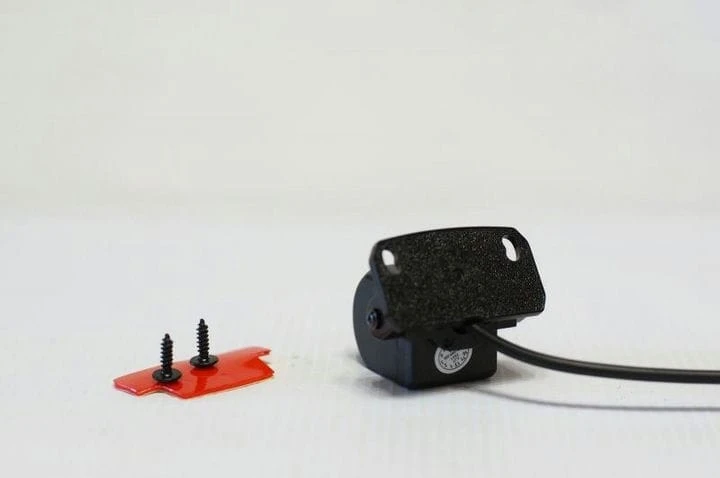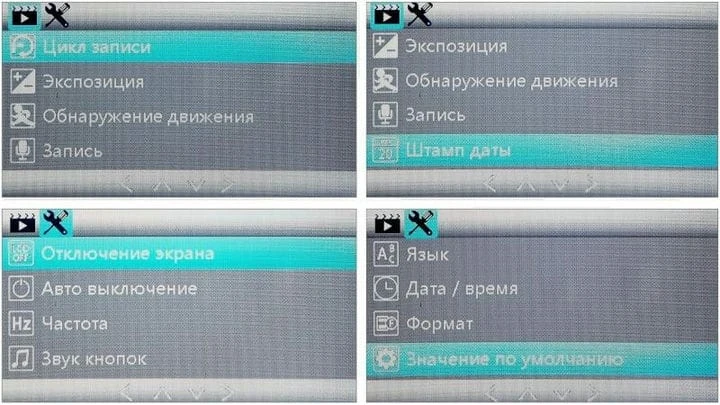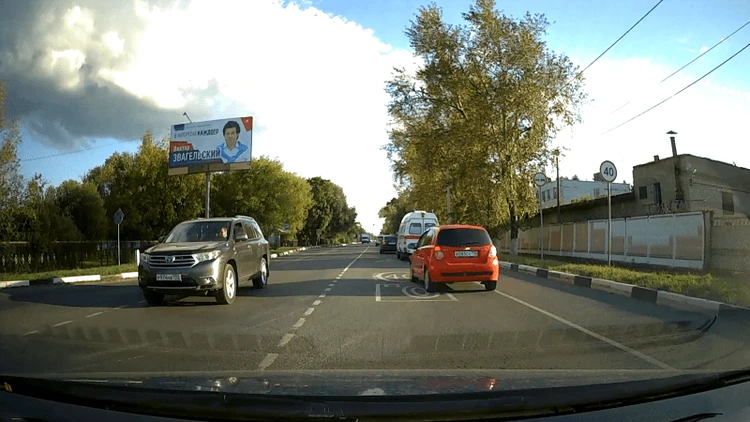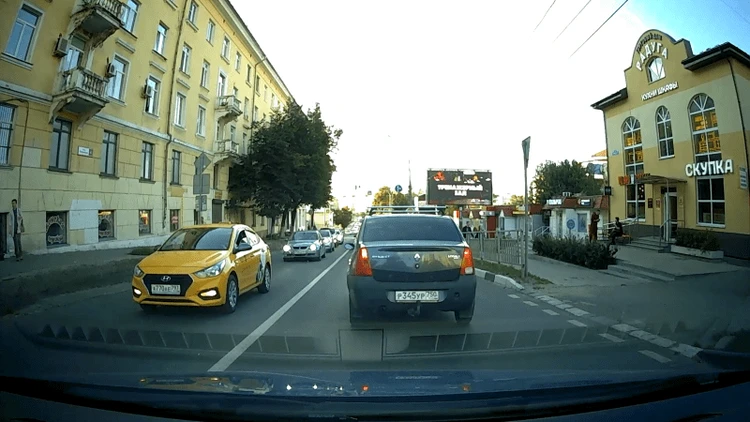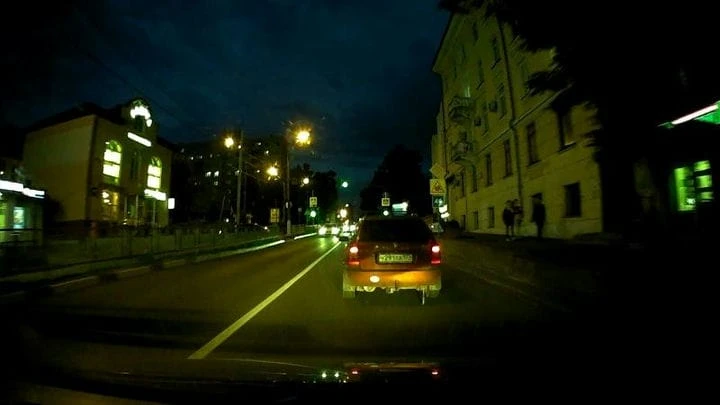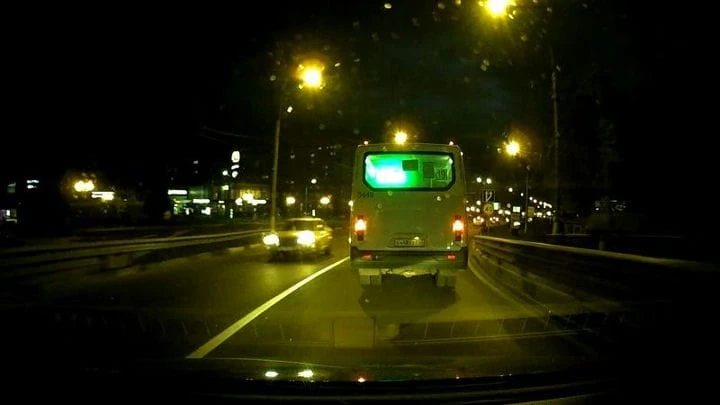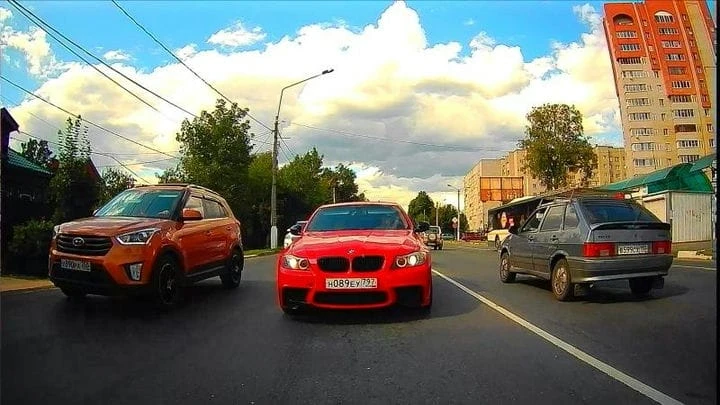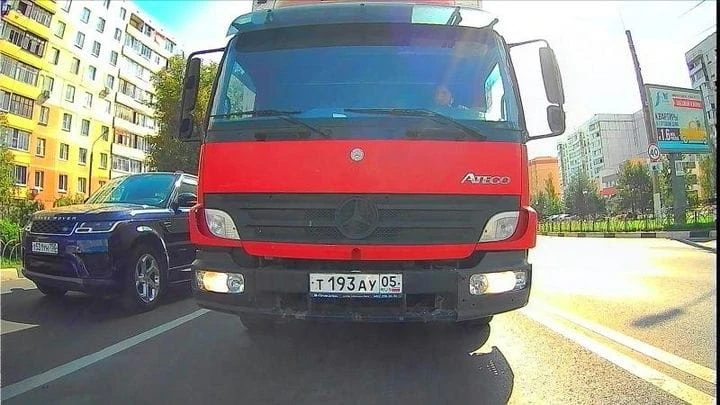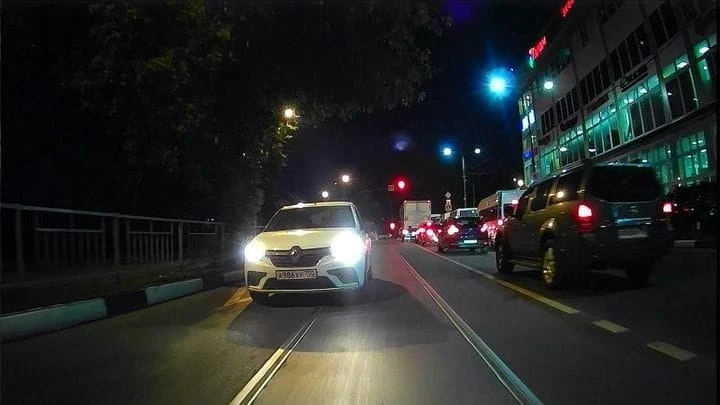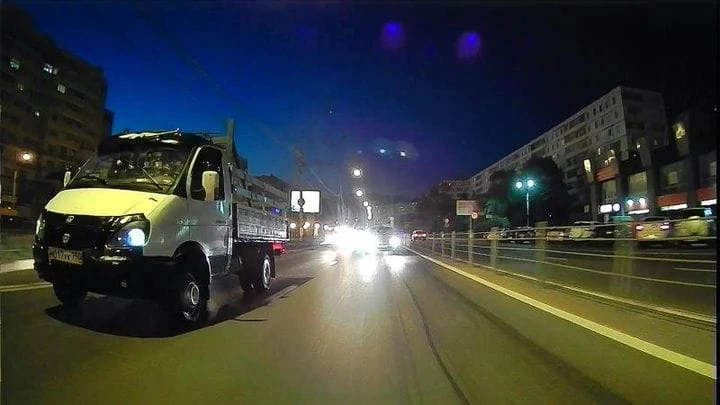“Eyesight check”. Overview of the two-channel video recorder Playme ODDER
A two-channel DVR is not a luxury, but a means of more complete control over the traffic situation. Especially if both of his cameras shoot in high resolution, and not just the back one, as is often the case …
Probably, there is not a lot of users who would not know the famous sequence of letters – W-B-M-N-K-S from the table for checking eyesight: at least once in their lives, everyone read these letters, decreasing in size from line to line!
And, as you remember, both eyes are checked in turn – in a good way, visual acuity should not differ. However, in the segment of dual-camera car DVRs, for some reason, for a long time, the difference in “vision” between the front and rear cameras was considered the norm … Or rather, the desire of manufacturers to save on the rear camera matrix and on the processor, which, in the case of a reduced resolution of one of the cameras, could be simpler and cheaper…
The vast majority of “two-eyed” registrars filmed in Full HD (1920×1080) resolution for the front camera and just HD (1280×720) for the rear. This deliberate underestimation of the quality of shooting is found everywhere to this day, but in the Playme ODDER model, the evolution is obvious: both “eyes” give an honest Full HD resolution (1920×1080) and have the same pixel density – 2 MP!
In fact, let's be honest, the cameras are still different in Playme ODDER! At least for the reason that the rear is limited by the volume and dimensions of the body in terms of the placement of the objective lenses. For it must be quite compact. Slightly smaller and viewing angle. But at this stage in the development of mass electronics technologies, not “merging” the resolution of the rear camera into a banal HD is the maximum that manufacturers can do.
Two-channel video recorder Playme ODDER
-
Processor – JL5701.
-
Video sensors: 2MP (GC2053) – front camera, 2MP (F37) – rear camera.
-
Camera viewing angle: front – 150°, rear – 140°.
-
Video resolution: front – 1920×1080 30 fps, rear – 1920×1080 fps.
-
The video format is MOV (H.264).
-
Display – 2.45″, IPS.
-
Additionally – G-sensor, microphone, built-in power supply – ionistor.
-
Power – 12-24 volts.
-
Dimensions – 75x55x28 mm, 45 g.
The main unit of Playme ODDER has the shape of a classic camera. Miniature mirrorless, let's say. The characteristic protrusion of the body on the front right for gripping the hand, the power button in place of the shutter button, the protruding “barrel” of the lens … The reason for this is not in an effort to look like a camera, but in the optimal geometry of the camera, which was simply successfully copied. The shape of the case allows you to put / remove the gadget on the bracket with maximum convenience, place the screen and control buttons on the front panel, and generally rationally distribute the stuffing inside, ensuring the distribution of heat from the processor and photomatrix.
The power supply system of the recorder works in both 12-volt and 24-volt networks. As an internal source necessary to complete the recording and save the video when the ignition is turned off, it is used, as has recently been practiced everywhere, not a Li-Ion battery that tends to swell in cold and heat, but an ionistor (otherwise called a supercapacitor).
Magnetic mounting to the bracket today is a sign of almost every decent registrar. Such a latch is convenient, reliable and does not make you break your fingers and nails (especially in cold weather), inserting a classic slot latch with a spring-loaded tongue.
A powerful dual magnet holds and positions the device in the counterpart of the bracket, and the contacts for power and signal input from the rear camera pass through spring-loaded gold-plated “pins”. There is only one hinge assembly in the bracket (and very rigid in terms of resistance to vibrations) – to adjust the camera's position vertically (tilt / raise). But there is no horizontal centering – it is provided by a single positioning when gluing the sole on glass with double-sided tape.
The bracket has a so-called pass-through design – a typical solution today. The bracket provides both power for the main unit and the rear camera, while no connectors need to be inserted into the main module itself.
The rear camera is equipped with a long (almost 6 meters!) cable, which is more than enough for most cars. The kit comes with both a self-adhesive sole, like the main unit, and a pair of self-tapping screws for attaching, for example, to the plastic of the license plate frame (the camera, of course, is waterproof).
The Playme ODDER functionality is controlled using a typical four-button panel to the right of the display. Menu, up/down cursor and OK. During shooting, the menu keys have quick functions such as stop/start video recording, mute/unmute the microphone. All this can be easily figured out empirically, again without reading the instructions.
The interface of the device is quite simple and not overloaded. The only moment that stood in the way of intuitive clarity was the entrance to the menu – in order to get into the settings, you must first stop the video recording.
There are two sections inside the menu – general and video recording. There is nothing superfluous in them, and it pleases. Decent manufacturers do not try to “make an impression” with an abundance of unnecessary items for the user. For example, I'm glad that the ability to change the shooting resolution has disappeared from the menu: the time of low-capacity memory cards has passed, and only one video recording resolution is left – the maximum. Although, for example, the possibility of flipping the image for the rear camera would be useful.
The display is quite comfortable for monitoring what is happening, but the “frame in the frame” of the rear camera in the upper right corner is small – you have to peer. However, he does not require special attention: once he set the position of the lens, and that's enough. You should not consider the screen in motion, but recordings from a flash drive on more or less large displays. The format for recording and organizing files on microSD is in the form of two folders with the names FRONT and BACK. The videos from the front camera, respectively, have the letter F in the name (consisting of the date and serial number), and those from the rear camera have the letter B. The number of videos in both folders is the same, and it's not a problem to find corresponding to each other and shot at the same time.
The shooting quality of Playme ODDER is as it should be for FullHD cameras with good optics!
The rear camera, despite its modest dimensions, demonstrates excellent light resistance, which is very important for outdoor installation, and decent performance in low light conditions. Despite the fact that the video from the rear camera sometimes even seems sharper and slightly overexposed than from the front, the front camera shows excellent detail, which can be seen on any freeze frame with an oncoming car – the numbers are clearly readable. On one commercial vehicle we met along the way, there was a sticker with a QR code, and from the screenshot of this video, the smartphone easily recognized the link encrypted in the code. Although, as often happens, the quality of the video from the front camera is reduced by the heating strips of the windshield and the partial reflection of the dashboard in it – due to this, again, the image from the “stern” camera mounted on the license plate frame,
Regarding the settings: the position of zero exposure seemed to us a little excessive, so in the first days of using the device it makes sense to experiment with the adjustment in terms of coarsening it.
Front camera – daytime shooting
Front camera – night shot
Rear camera – daytime shooting
Rear camera – night shot
It is important to note that based on the results of testing Playme ODDER, we do not declare that there has been any revolutionary breakthrough in the quality of shooting. For today, almost all models of registrars of the leading brands on the current market shoot at almost the same level, reaching a reasonable balance of picture quality and hardware cost.
It's just that ODDER (and other two-chamber 2xFullHD models that will certainly follow it) at no extra cost to the consumer closes the remaining small niches in the characteristics where it is possible to improve the characteristics of a good middle-class recorder without fundamentally changing the technical process of creating the filling. And this is important against the background of the global trend towards a shortage and rise in the cost of chips, when maintaining a well-functioning circuitry (without the introduction of next-generation semiconductors) can keep the prices of gadgets at the same level.



